Customer Services
Copyright © 2025 Desertcart Holdings Limited
Desert Online General Trading LLC
Dubai, United Arab Emirates
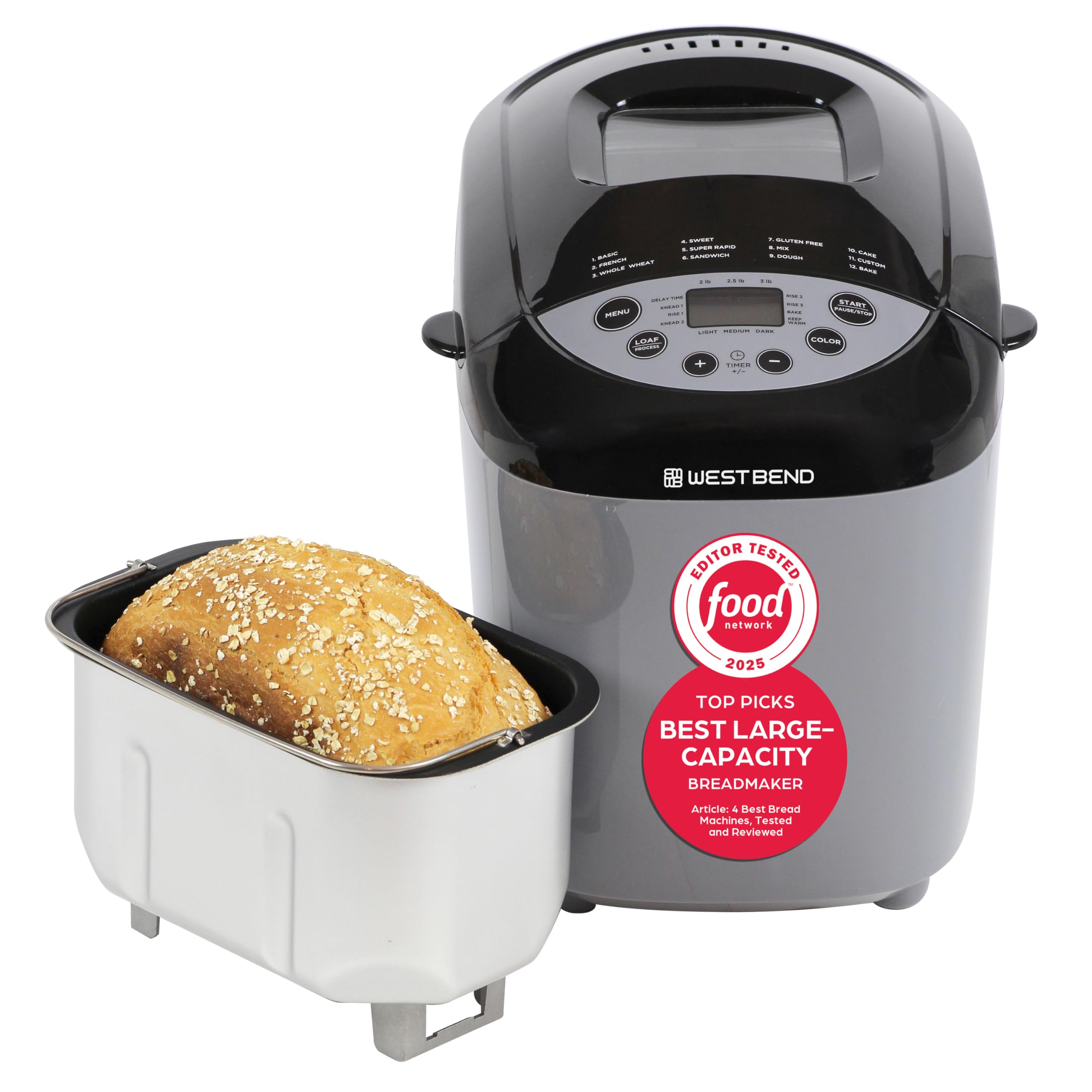

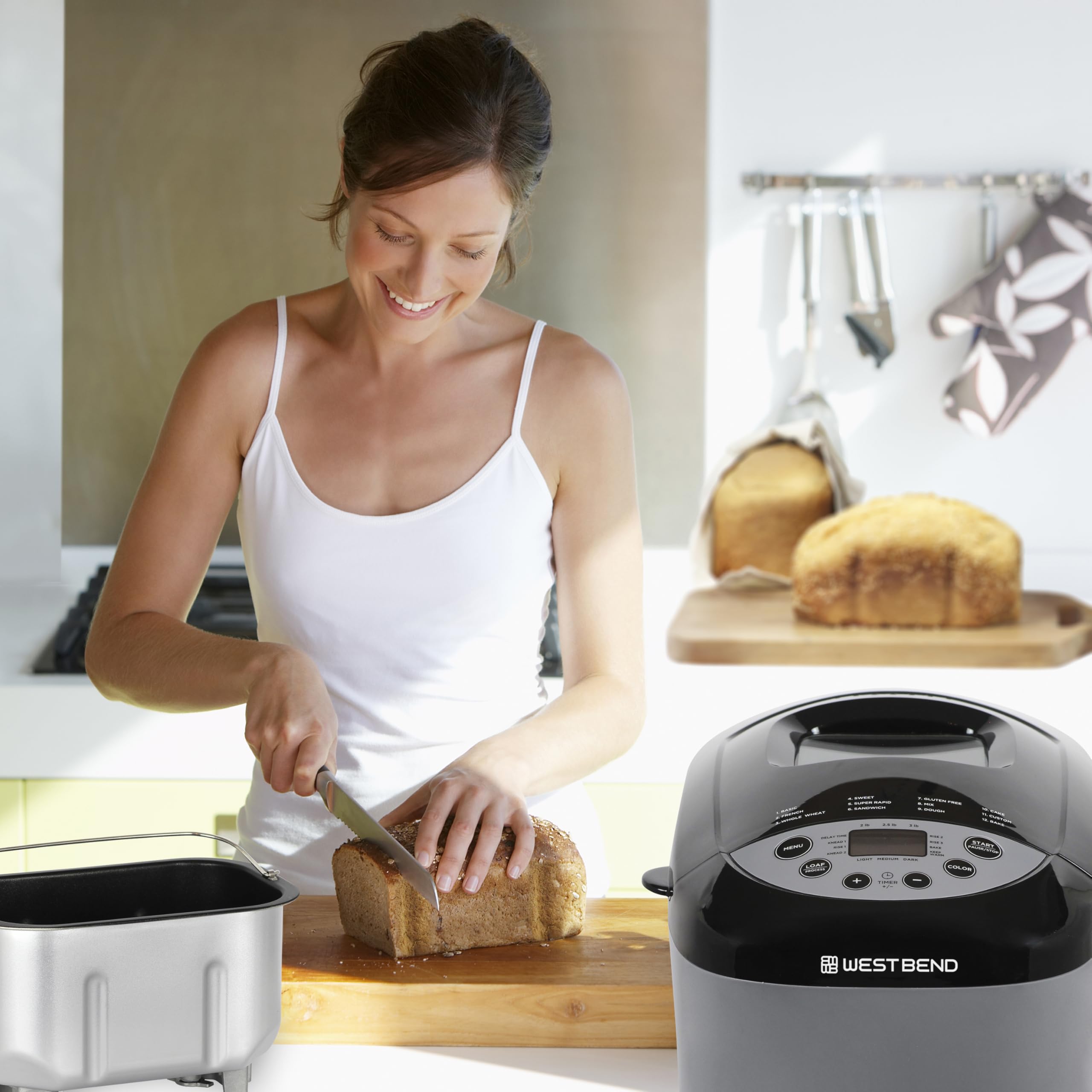








🍞 Elevate your kitchen game with fresh, customizable bread at your fingertips!
The West Bend Hi-Rise Bread Maker offers a traditionally shaped horizontal pan with 3 loaf size options and dual knead blades for superior dough texture. Featuring 12 programmable settings including gluten-free and crust color controls, it supports up to a 13-hour delayed start for ultimate convenience. This 432-watt, gray bread machine comes with bonus recipes and essential accessories, making it a versatile and user-friendly addition to any modern kitchen.
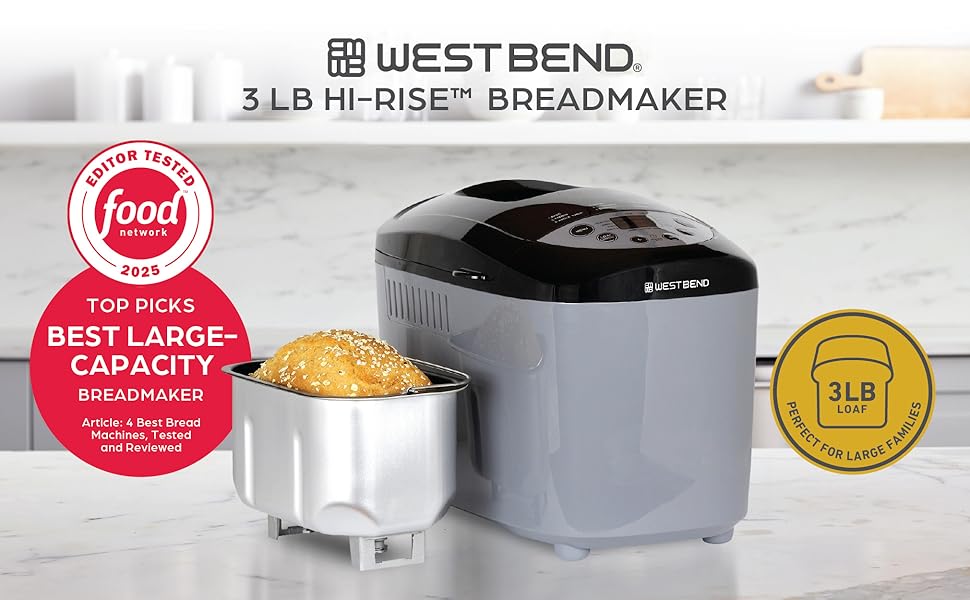

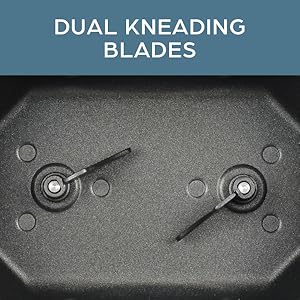
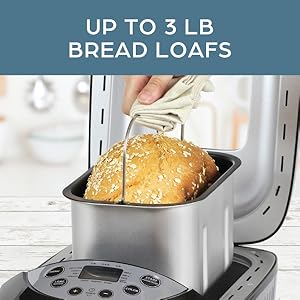
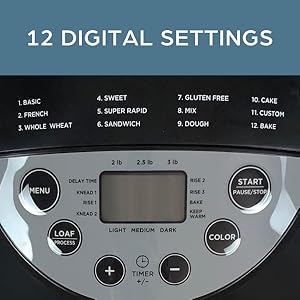
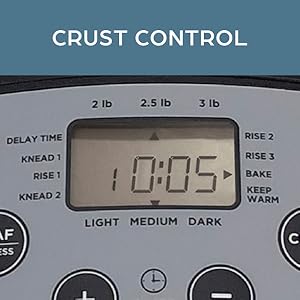
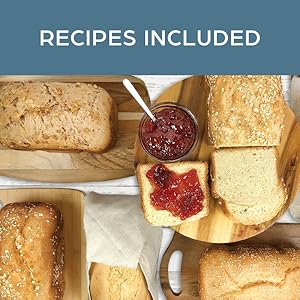
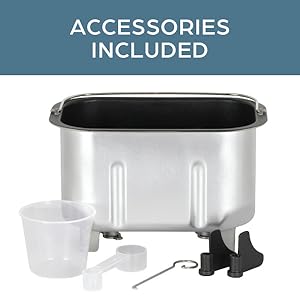
| Color | Gray |
| Material | Plastic |
| Product Care Instructions | Hand Wash Only |
| Item Dimensions D x W x H | 11"D x 15.5"W x 13.5"H |
| Item Weight | 14.9 Pounds |
| Wattage | 432 watts |
| Number of Programs | 12 |
| Capacity | 3 Pounds |
| Voltage | 1.1E+2 Volts |
Trustpilot
1 month ago
2 months ago